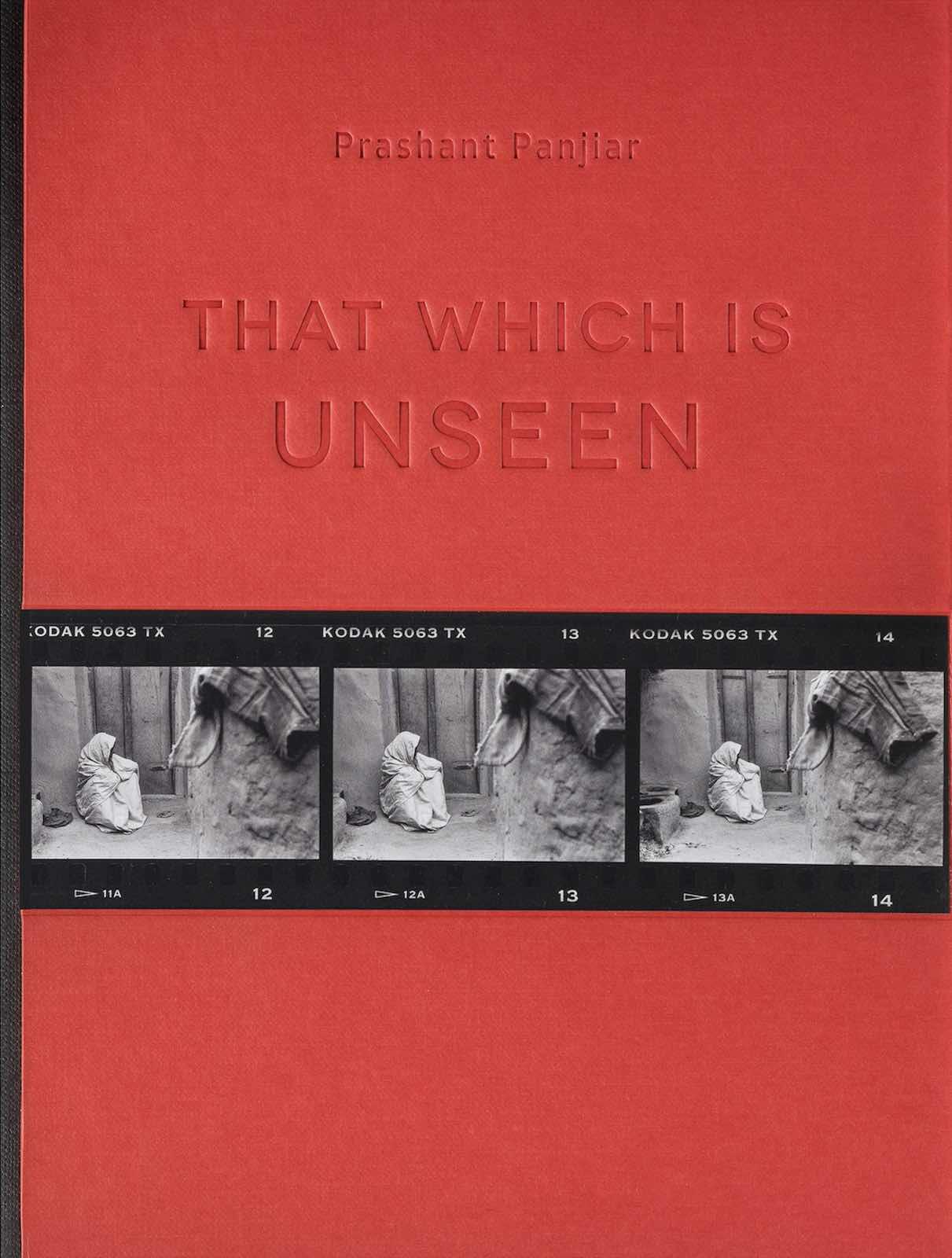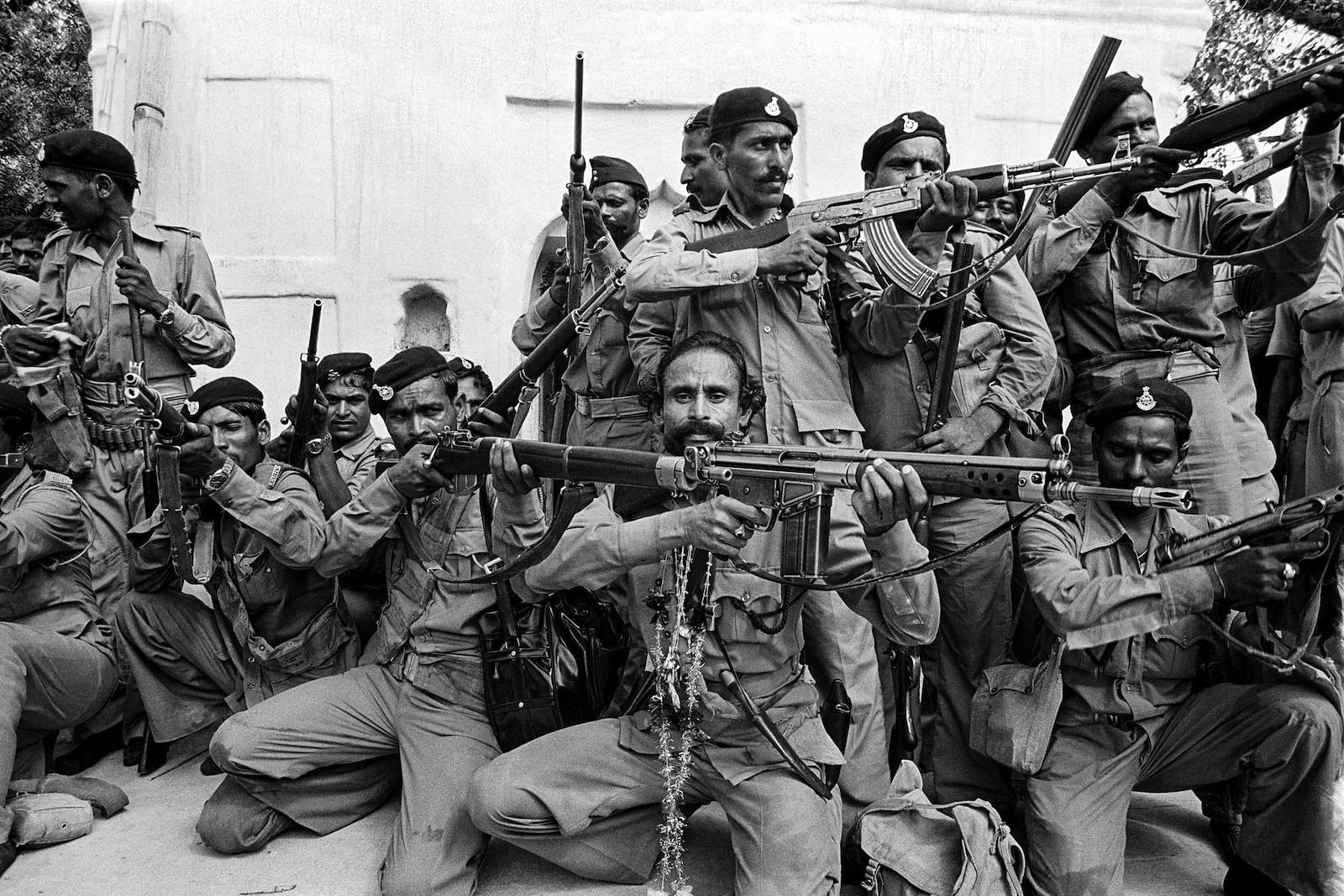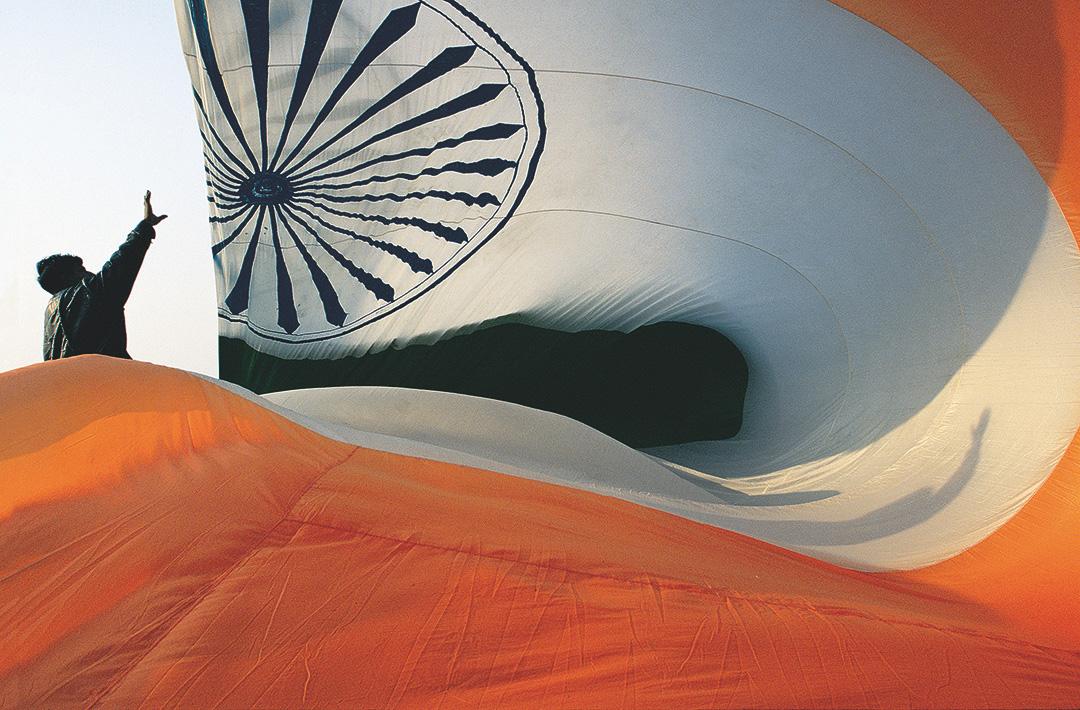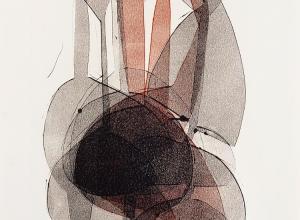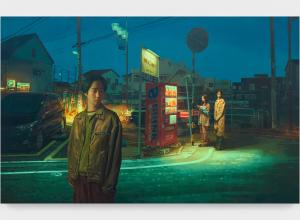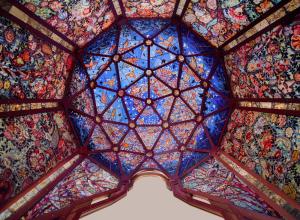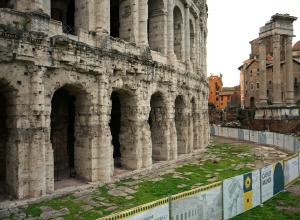Panjiar’s interest in photography began in the late 1970s during “The Emergency,” a period in which the Indian Prime Minister Indira Gandhi declared a state of emergency across the country and suspended civil liberties. When “The Emergency” ended, Panjiar had just started his career.
“Coming out of a period of suspension of freedoms, censorship and repression, journalism in India was booming. [...] there was a sense of idealism that drove most publications,” he recalls. Since then, his works have appeared in some of the most important Indian and international newspapers and magazines, he worked as an editor and as a curator, and co-founded the biannual Delhi Photo Festival.
“I wouldn’t know how to sum up my career except to say that I wouldn’t exchange it for anything else.” He tells Art & Object, “As an individual, one can probably have only limited experiences—a smaller life. But through my life as a photojournalist I have had the privilege to experience the lives of so many and see so much that I have led a really BIG life!”
That Which is Unseen is a journey in space and time across some of the most important events of Indian history such as the demolition of the Babri Masjid mosque in 1992, the 2001 Gujarat earthquake, and the story of the famous bandit king Malkhan Singh.





